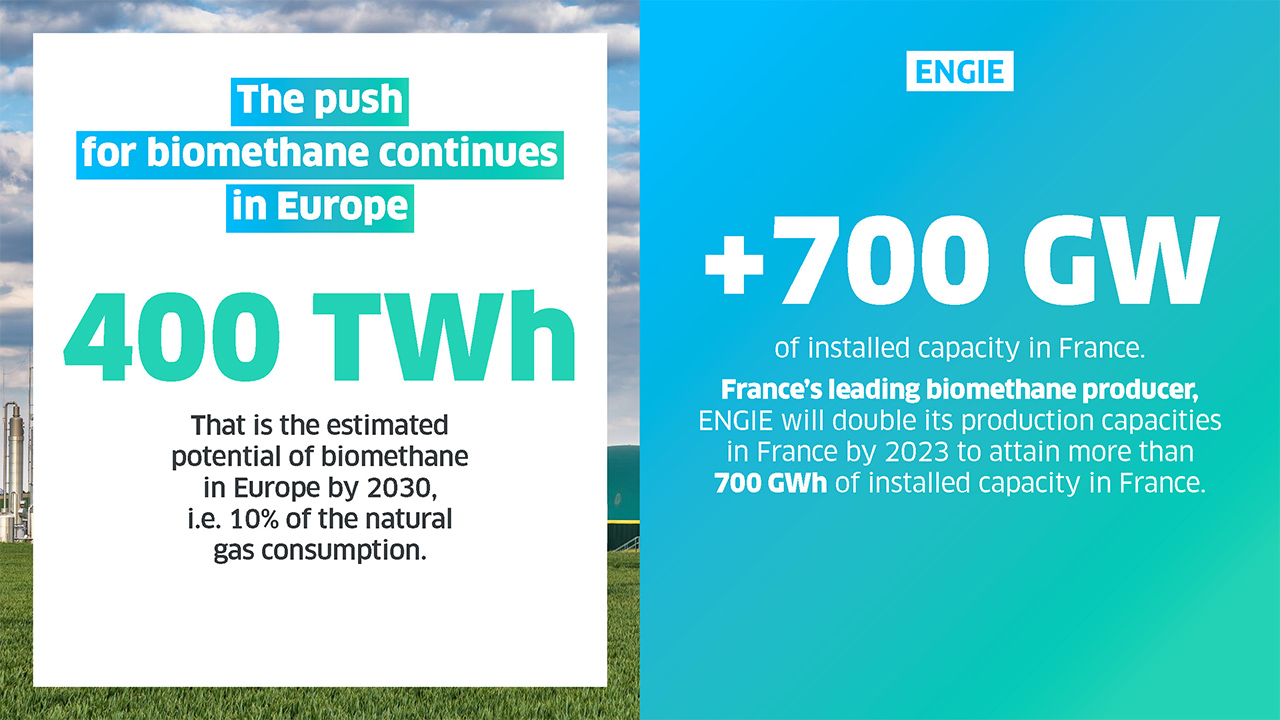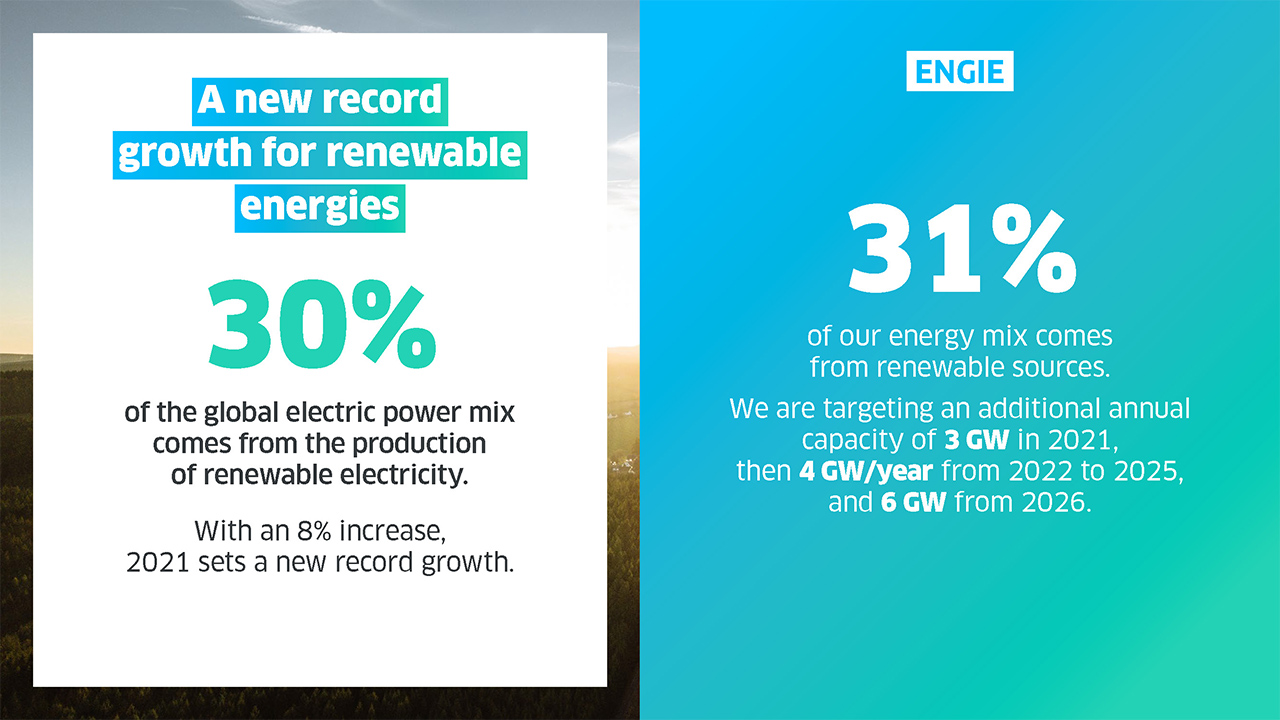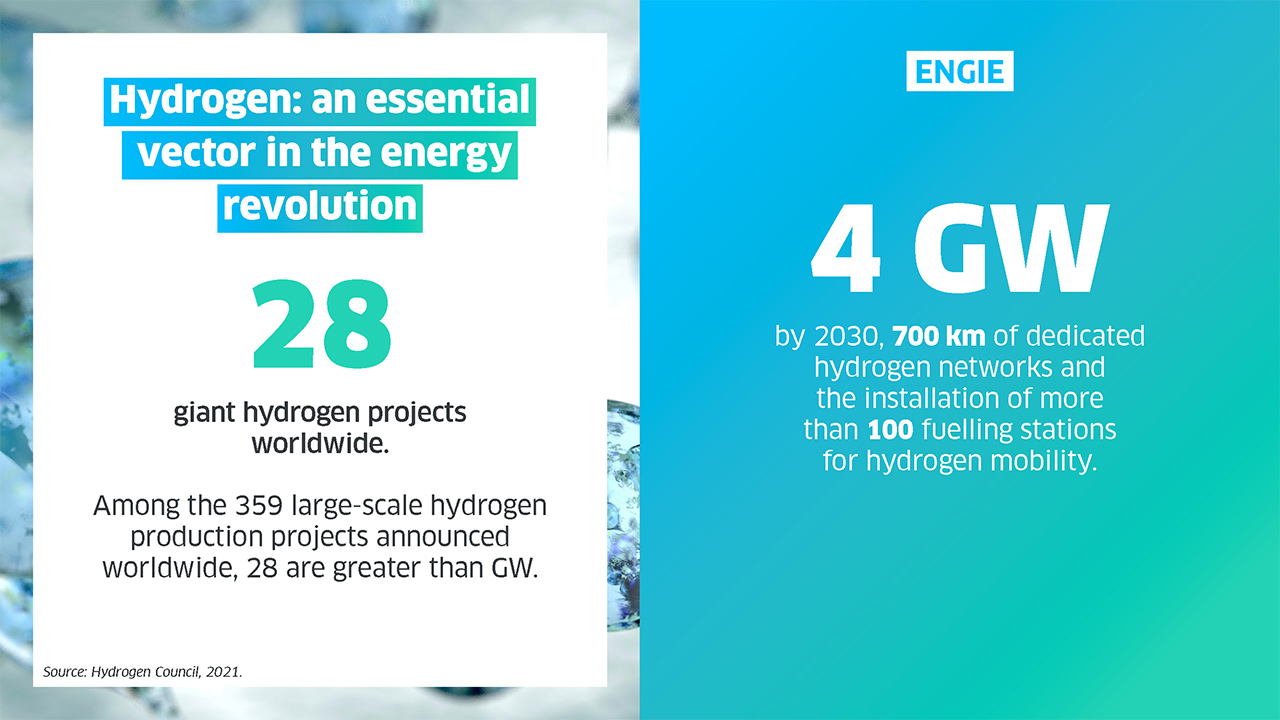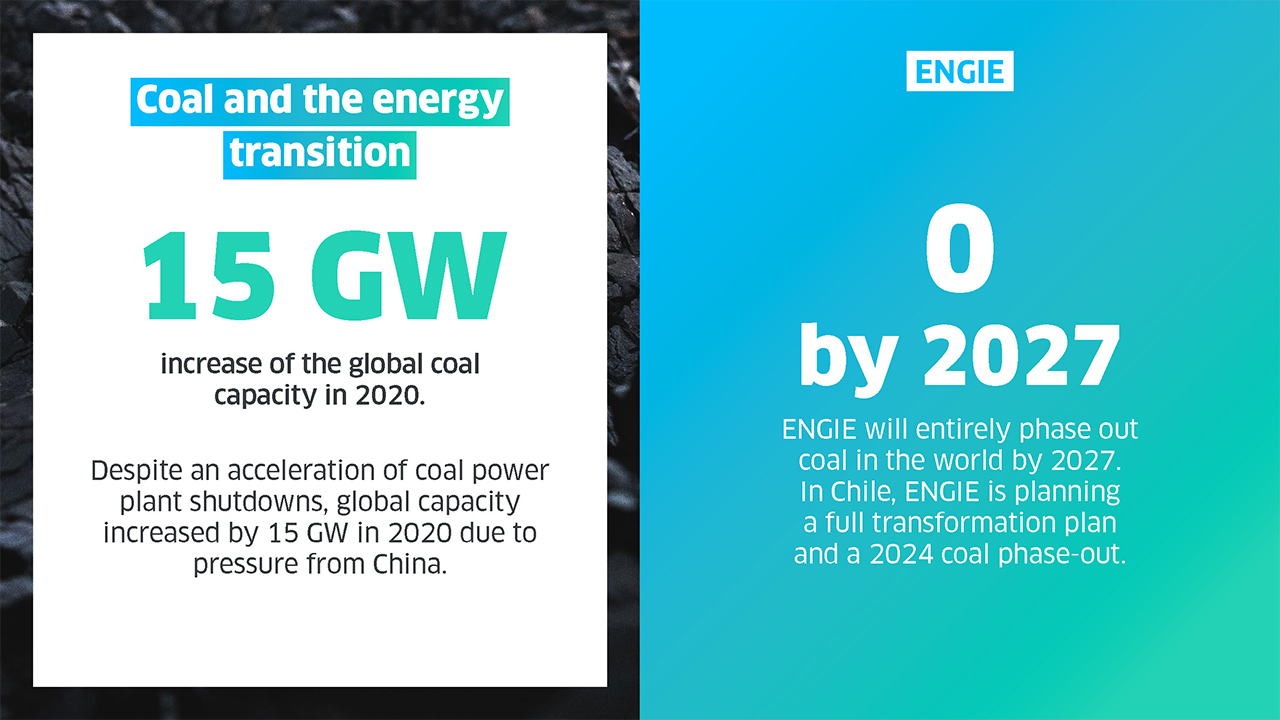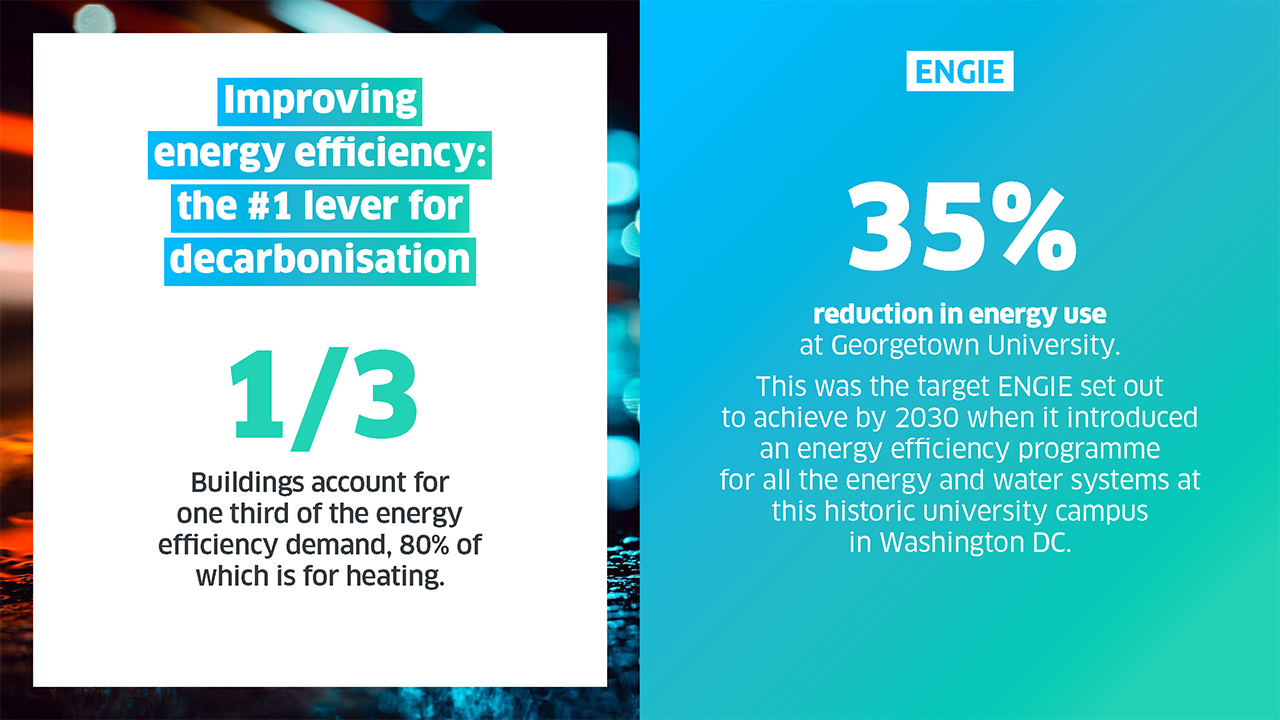Why is financing the energy transition a key issue?
C.R.: Financing green energy and technology is what fuels the transition. In this regard, 2021 was a positive year, particularly in developed western countries. Global energy investment has picked back up, returning to pre-pandemic levels, and is set to rise to $1.9 trillion, as estimated by the International Energy Agency last June. Clean energies are the biggest winners from these capital flows, with almost three quarters of the expenditure linked to the installation of new capacity.
Although this progression is mainly due to the rise of the sector and the resulting drop in production costs, 2021 is characterised by the political and regulatory will of the States and institutions. As such, with the Green Deal in late 2020 and the Climate Law adopted last June, the European Union Member States aim to collectively decrease their carbon emissions by 55% by 2030 compared to 1990 levels, and achieve Net Zero Carbon by 2050. The “Fit for 55” climate package reinforces this action plan (extension of carbon market, CCUS, carbon border adjustment, etc.). Similarly, the United States is launching a massive infrastructure investment plan, including an $86 billion “climate plan” (green mobility, etc.). Although this initiative was recently blocked by US Congress, it is in stark contrast with the Trump era.
What role do citizens play in the success of the energy transition?
C.R.: Our new Dashboard highlights an obvious yet vital point: the need to engage citizens and local communities in the energy transition. However favourable the social and political environment may have been in 2021, opposition has emerged on a local level between various stakeholders (heritage defenders or marine professionals for wind turbines, farmers for solar energy, etc.). Efforts must therefore be increased to strengthen the adoption of renewable energies.
Furthermore, the network must adapt to the intermittent supply of these energy sources and remain a reliable source of electricity supply for the end consumer. It is by maintaining this quality of service that these solutions will be adopted on a local level.
Finally, the development and support of infrastructures must be beneficial to everyone. In order to mitigate the potential impact on the bills of private individuals, the European Union has planned to provide financial support to the most affected regions (Green Pact).
In conclusion, 2021 is marked by a strengthening of national and supranational commitments favouring the energy transition in developed economies, and serves as a structural turning point in terms of investments in renewable energies, green gases (biomethane, green hydrogen, etc.) and decarbonisation technologies (carbon capture, etc.). This is an essential step at a time where GHG emissions from global growth are, once again, rising to a level that is too high to limit global warming to less than 2°C by 2100.
About the Dashboard What is it called? Energy Transition Dashboard
Publication rate? Annual
Its role? To provide all stakeholders (companies, public authorities, employees, citizens, etc.) with an annual overview of the energy situation in France and around the world over the past year, and to investigate the various energy transition paths available to us.
Its aim? To measure the progress of the transition in relation to long-term climate ambitions, a key issue that is tied to our strategy to position all our activities on a low-carbon trajectory. |


